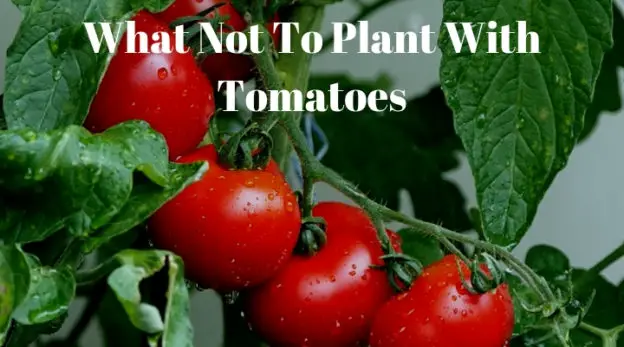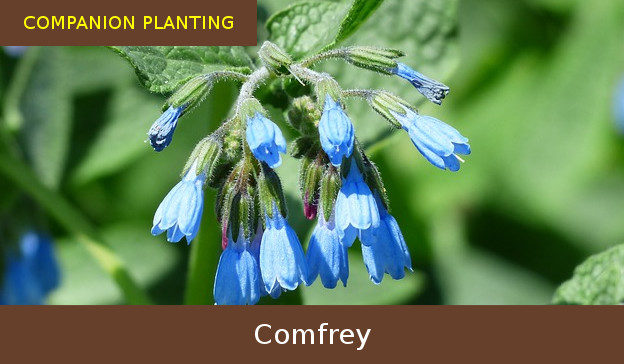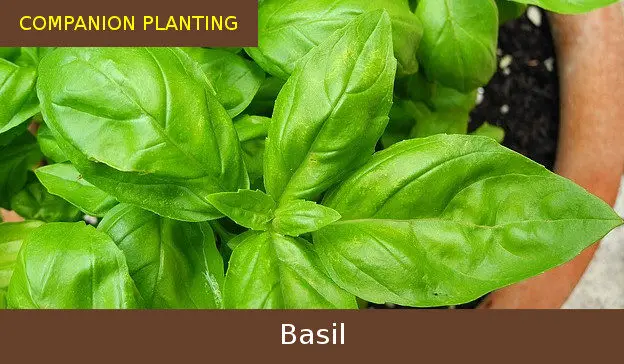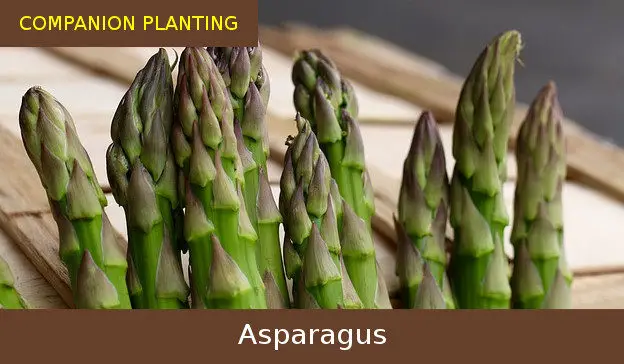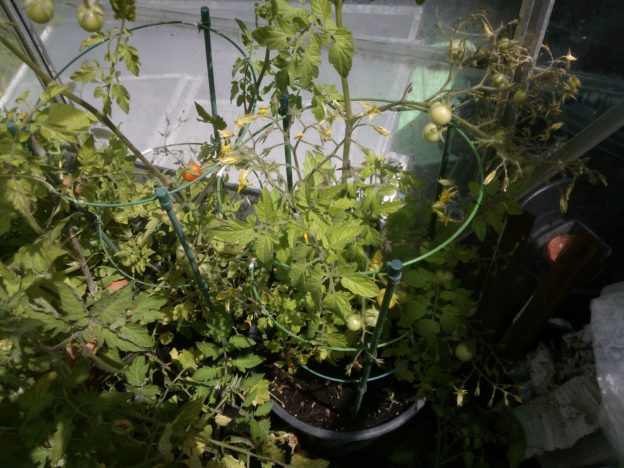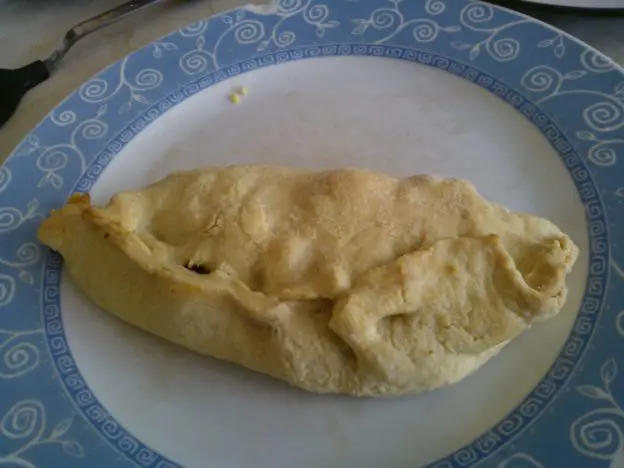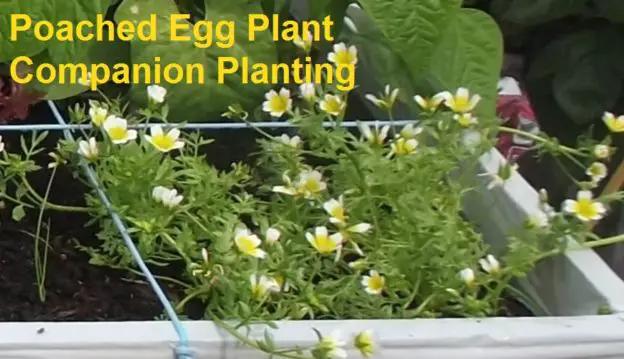Zucchini Companion Plants (Courgettes)
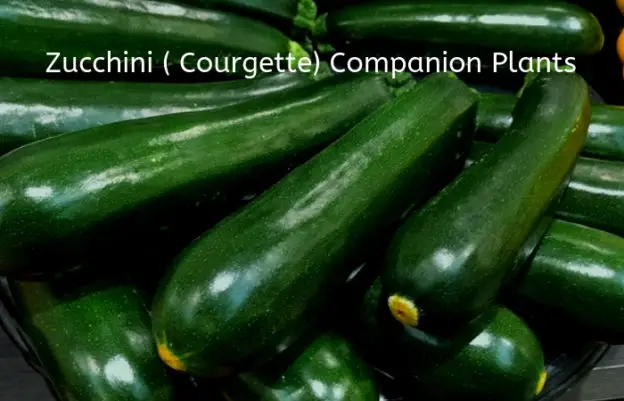
Whether you call them zucchini or courgettes, this summer favourite is easy to grow. As long as they are picked regularly summer squashes including zucchini, marrows, and patty pans will continue producing until the first frosts. There are many zucchini companion plants and all will benefit your plants. The key to healthy plants is as always, soil preparation. Add plenty of compost or well rotted manure to the soil to give these hungry plants a boost. Once they flower feed weekly with comfrey plant food or a good tomato fertiliser. Zucchini Companion Plants Good companion plants for zucchini (courgettes) are… → Read More

